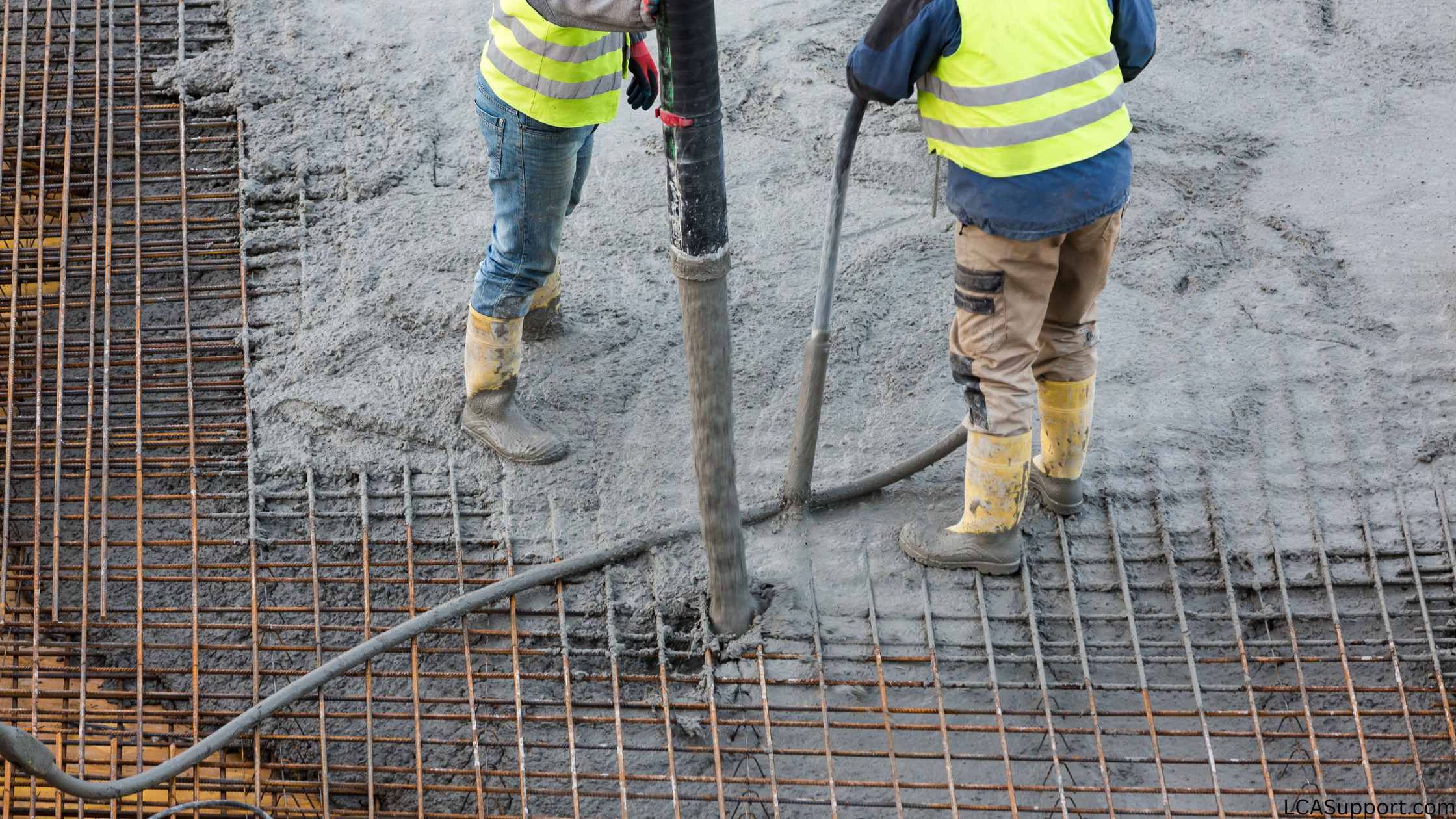A lot of carbon sequestering efforts focus on getting carbon back into the Earth in an attempt to restore some sense of natural balance.
But a study just published in Science.org explains why “engineering building materials to act as a carbon sink may be a logical first step” for carbon capture and storage.
Scientists from the University of California, UC Davis, and Stanford add that robust incentives and policies should support this, including better performance-based metrics for product standards and comparisons.
Building materials are ideal carbon sinks due to their huge mass and potential longevity, combined with innovative new carbon storage methods for concrete, brick, wood, asphalt, plastics, and more.
It was in 2020 that a study published in Nature concluded that man-made materials had exceeded the mass of all living things on Earth. (It's an incredible fact although certainly not hard to believe when reading it in Manhattan.)
In the new study, the scientists explored a variety of viable carbon storage methods for widely used materials, such as using carbon-rich aggregates in concrete or biomass fiber-based bricks.

Based on this, they calculate building materials could be adapted to store more than 16 billion tonnes of CO2 annually.
That’s staggering as it’s more than the carbon cost of the construction sector.
In fact, it’s equal to nearly half of all man-made CO2 emitted globally, which is currently about 40 billion tonnes of CO2 each year.
Crucially, the calculations were based on how widely different materials are currently used. So, though concrete has a relatively low carbon-storing potential, its widespread use makes it a significant enabler of change.
If even 10% of concrete was enhanced with the method identified in the study, it could remove a gigatonne of CO2 per year.
Of course, we’re not quite there yet.
Some methods need a lot more development, but others are ready for adoption, and they all have potential in future to be price competitive and used at scale, stimulating growth.
Environmental Product Declarations, increasingly vital for accessing tenders in the construction sector, cover the embodied carbon cost of production, as well as the potential for materials to act as carbon sinks where biomass is included. Key though is understanding the end-of-life process and aiming for a circular economy.
As adoption grows for carbon-storing materials, standards and Product Category Rules for EPDs will need to be adapted so we can better account for how carbon is being sunk into them.
So let’s hope to see further innovation here.
When we think about solutions to help restore a natural balance of carbon in our atmosphere, focusing on natural solutions is… well, natural.
But we can’t just turn back the clock. We have to focus on the world as it is. That’s why reducing our carbon footprint and using our built environment as a bigger store of carbon has such interesting potential.


